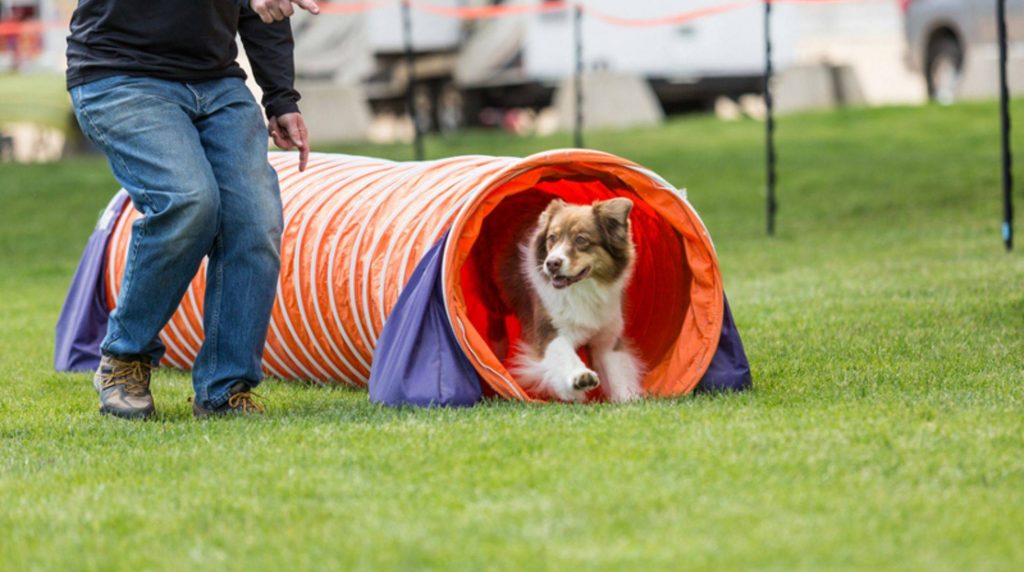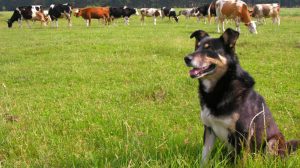Mobility is a dog sport for four-legged friends of all breeds and ages. Seniors or dogs with restricted Mobility can also do Mobility. Here you can find out what it’s all about and what Mobility is.

The nice thing about Mobility is that almost all dogs are suitable for it. Dog sport is not only fun but can also serve therapeutic purposes. Many exercises are borrowed from physiotherapy, for example, and have a positive effect on the supporting muscles and joints. Mobility is similar to agility, only without the pressure to perform and usually a little more “contemplative”.
Mobility: Versatile sport for young and old
Like agility and agility, Mobility is also about completing tasks with skill and practice. The dogs run through a course in which there are both device stations and stations that do not have any devices. In this way, tunnels are passed through, obstacles are climbed over, bridges are walked on, balancing tasks are solved, and other hurdles are mastered. However, aspects such as speed and pressure to perform play no role in Mobility. Instead, it is about the motivated completion of tasks for the body and mind. The focus is on having fun working together with your animal partner.
Precisely what a mobility course looks like depends on the size and health of the dog. In principle, almost every dog, whether old or young, large or small, healthy or handicapped, can take part. Important: If you want to do Mobility with your dog, talk to your veterinarian or dog physiotherapist beforehand about which exercises are suitable and desired for your four-legged friend and which are not.
Benefits and goals of Mobility
• Dogs increase their self-confidence with every completed task. Insecure dogs, therefore, benefit significantly from Mobility.
• The relationship of trust between humans and dogs is strengthened over the long term since you, as the owner, lead your dog through the course and are thus involved together.
• Your dog improves his body awareness.
• In coordination with the veterinarian or the dog physiotherapist, specific physical limitations or ailments can be treated with the help of particular mobility exercises. Mobility can, therefore, fulfil physiotherapeutic purposes, improve your dog’s health, and have a preventive effect on various diseases.
• Your dog will become more relaxed and balanced due to physical and mental exertion.
Start Mobility: This is how dog sport works
Look around for mobility courses in your area – dog schools, for example, often offer related courses. Conclusion: there are usually courses of various levels of difficulty in which several dogs can take part simultaneously. If Mobility, in your case, serves your health from a physiotherapeutic point of view, there can also be individual training for you and your four-legged friend; the veterinarian can also help you with the mobility search.
For example, a beginner’s course could look like this:
• The dogs are first adequately warmed up, stretched and massaged as part of a warm-up.
• Then, it goes to the appropriate suitable stations for the respective dog.
• Each dog is given solvable tasks that it must master. The level of difficulty increases from week to week.
• After the training, there is a cool-down or a leisurely run-out, during which the four-legged friends can calm down a little.








